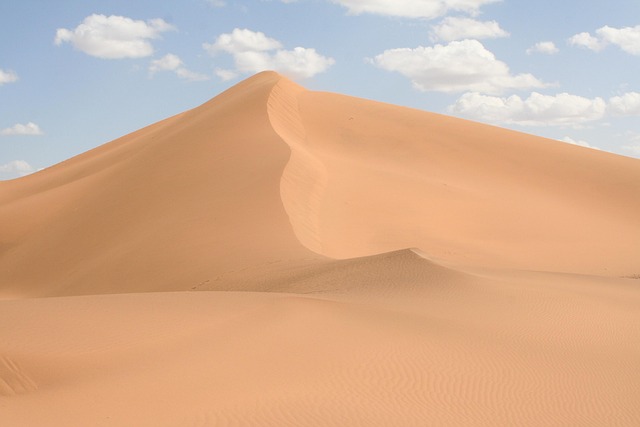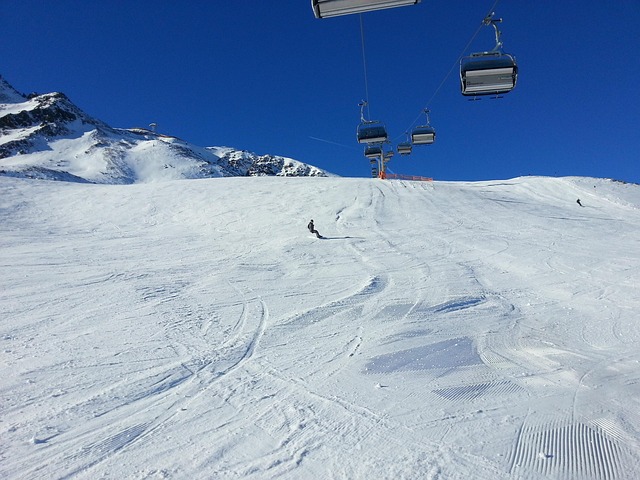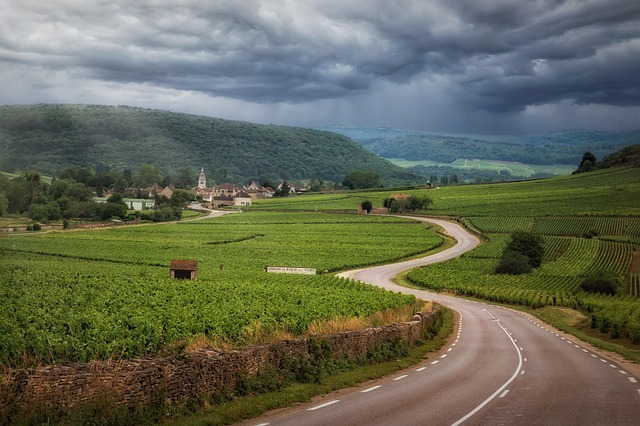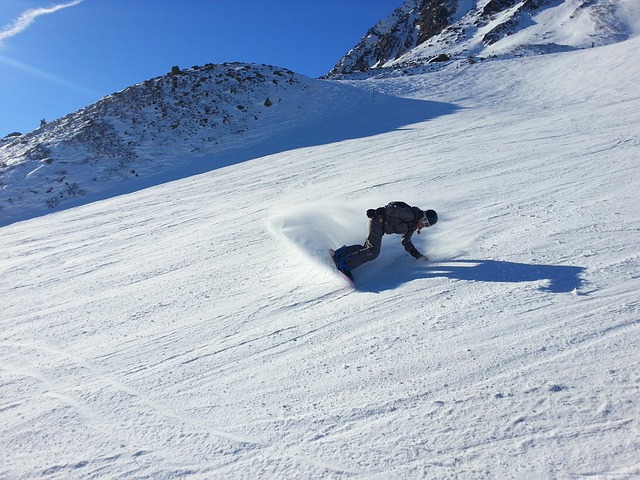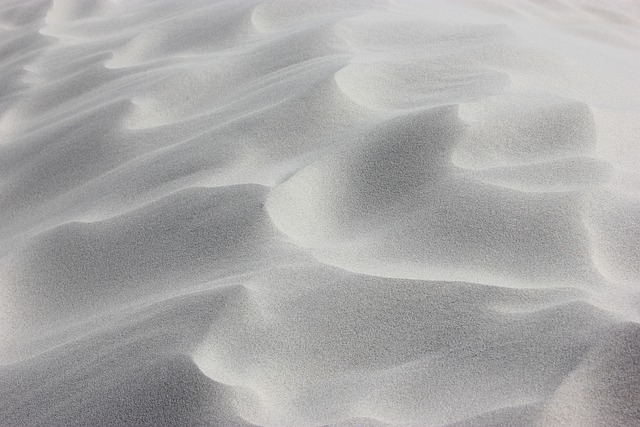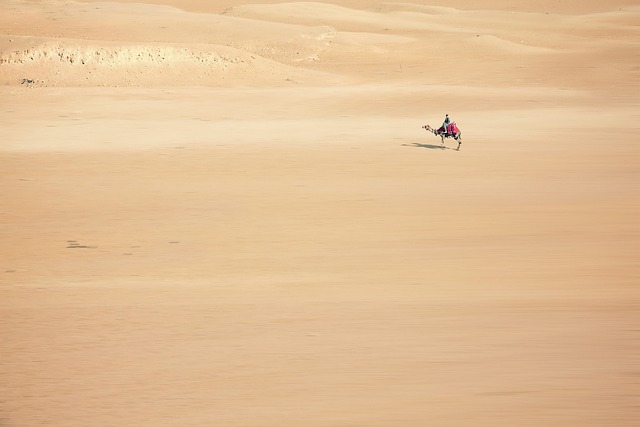Oregon's Dunes hold deep cultural significance for Native American tribes who once thrived there, using its resources sustainably. European colonization disrupted this heritage and led to mechanized exploration via dune buggy adventures. Today, these dunes serve as a living monument, offering thrilling excursions that educate visitors about indigenous cultures while promoting sustainable tourism.
Oregon’s Dunes National Recreation Area boasts a rich Native American history, with indigenous tribes fostering deep connections to this unique landscape for millennia. Before colonization, Pre-Colonial Oregon saw thriving Indigenous lifeways and culture centered around the dunes’ resources. The arrival of settlers transformed the dune landscape, yet today, tribal heritage persists. Dune buggy adventures now co-exist with sacred sites and traditional knowledge, offering visitors a chance to experience this dynamic interplay between past and present.
- Pre-Colonial Oregon: Indigenous Lifeways and Culture
- Colonization and the Dune Landscape's Transformation
- Preserving Tribal Heritage: Dune Buggy Adventures Today
Pre-Colonial Oregon: Indigenous Lifeways and Culture
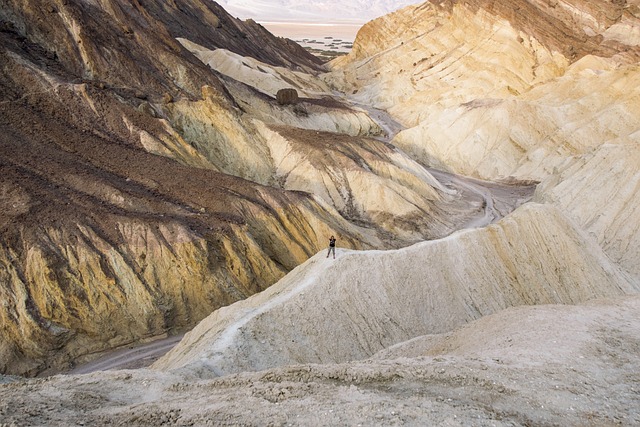
Before European colonization, Oregon’s Dunes were a vibrant part of the rich indigenous history of the region. Native American tribes, such as the Nestucca, Coos, and Siuslaw, had deep-rooted connections to this unique landscape. Their lifeways were intricately woven into the dunefield, relying on its resources for sustenance, shelter, and transportation. These communities developed sophisticated knowledge of the dunes’ ecology, utilizing the sand for medicinal plants and adapting their hunting and gathering practices to the shifting sands.
The indigenous cultures that thrived here left a lasting legacy, evident in their art, oral traditions, and the very landscape itself. Dune buggy adventures today offer visitors a glimpse into this ancient world, where the spirits of Oregon’s first inhabitants still linger in the whispering winds and ever-changing dunes.
Colonization and the Dune Landscape's Transformation

The colonization of Oregon, including its unique dune landscape, significantly altered the Native American heritage of the region. As European settlers arrived, they began to reshape the natural environment for their own purposes. The vast sand dunes, once a dynamic and sacred part of the indigenous communities’ way of life, were soon seen as obstacles to be conquered rather than revered natural wonders. This shift in perspective led to the mechanization of dune exploration; dune buggy adventures became a popular pastime, further encroaching on traditional Native American territories.
The transformation of these sandy expanses from sacred ground to recreational areas highlights the complex interplay between cultural perspectives and environmental stewardship. It underscores the impact of colonization on indigenous peoples’ relationships with their ancestral lands, where once-pristine dunes became sites of leisure for outsiders, erasing the deep connection and historical significance these places held for Native American communities.
Preserving Tribal Heritage: Dune Buggy Adventures Today

In the heart of Oregon’s coastal landscape, the Dunes offer more than just breathtaking scenery; they are a living testament to Native American heritage. For centuries, tribes like the Coos, Yaquina, and Siuslaw have called these shifting sands home, cherishing them for both sustenance and cultural significance. Today, preserving this tribal heritage is not just about safeguarding ancient customs but also creating opportunities for modern experiences.
Dune buggy adventures have emerged as a unique way to connect with the Dunes’ rich history while enjoying thrilling excursions. These guided tours allow visitors to explore the vast expanse of sand, learning about the area’s ecological diversity and cultural value along the way. By participating in dune buggy adventures, folks contribute to sustainable tourism that respects Native American perspectives, fostering a deeper appreciation for the Dunes’ intricate tapestry.
